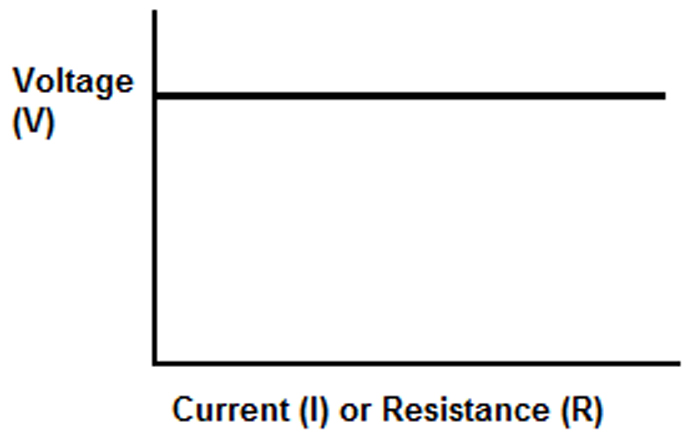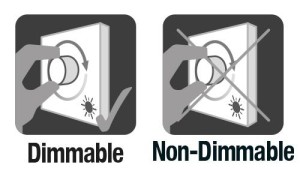An LED driver refers to an electrical device that regulates the power supply to a string or LED. It responds to the changing needs of the LED device by providing a consistent amount of power as its electrical properties vary with temperature.
With outputs that are compatible with the electrical features of the LED, a LED driver may offer dimming through pulse width modulation circuits and may include several channels for separate control of various LEDs/LED arrays. Without the right drivers, LED fixtures may become extremely hot and unstable, thus causing poor performance or even permanent failure.
Different Types of LED Drivers
There are many different types of LED drivers categorized by the output voltage, output current, maximum switching frequency, form of packaging, and supply voltage.
Each channel’s output can range between 250 µA and 50 A, with common chips carrying an output current of 20, 25, and 100 mA per channel. The commonly available voltage sizes are 2.3 to 5.5 V and 3 to 5.5 V. However, you can readily find LED drivers bearing a supply voltage of up to 630 V.
1 - Constant Voltage
Constant voltage LED drivers can be obtained in numerous manufacturing standards and are designed to meet high specifications for quality and efficiency.
2 - Dimmable LED Drivers
By dimming your LED lights, you get the freedom to enjoy different scenes. You can create a romantic atmosphere in the dining room, or establish a spectacular viewing experience for your guests during office presentations. You need a dependable LED driver that meets all electrical requirements if you want to dim your LED lighting system.
Dimmable LED Drivers: Understanding LED Driver Dimmer Controls
LED drivers with dimming capability offer the flexibility of dimming the lights from 0-100% while maintaining color and temperature. Remember, dimming an LED light can also reduce the operating temperature of your fixture, ultimately boosting LED efficacy as well as lamp life.
In the olden days, LEDs and dimmers weren’t always so expedient. But as technology advanced, powerful dimming controls entered the market to add more definition to their performance. To effectively control your LED light intensities, you’ll need to fix a dimmer that’s compatible with the LED driver you intend to use.
3.0-10V Dimming Drivers
LED technology is virtually taking the market by storm. Complimenting a 0-10V dimmer with an already power-efficient LED lighting is not only efficient but also effective. A LED lighting high-quality dimmer (powered by ERP LED driver) can help users save big on costs associated with energy consumption. Moreover, they assume a superior control capability when compared to other lighting applications.
LED Drivers: Their Applications
LED drivers can be used as:
- Industrial, outdoor, residential, and commercial lighting
- Automotive interior, tail lights, and portable flashlight
- Signage and LED backlighting
- Garden and elevator lighting
LED Drivers: How to Select the Right LED Driver
When you’re searching for reliable LED drivers, you should take into consideration several attributes, including Output Voltage, Supply Voltage (-0.3 to 20 V, 2.7 to 5.5 V, and 3 to 5.5), as well as Maximum Switching Frequency ( between 200 Hz and 200GHz). You’ll be able to get the right chip that’s suitable for use as a high-power LED driver, dimmable LED driver, constant current LED driver, RGB driver or 24v LED driver on an integrated circuit or any other circuits that might require such driver chips.
Source (Copyright © 2018 Saving Light Bulbs) — https://www.saving-light-bulbs.co.uk/blog/led-drivers-all-you-need-to-know/
With outputs that are compatible with the electrical features of the LED, a LED driver may offer dimming through pulse width modulation circuits and may include several channels for separate control of various LEDs/LED arrays. Without the right drivers, LED fixtures may become extremely hot and unstable, thus causing poor performance or even permanent failure.
Different Types of LED Drivers
Each channel’s output can range between 250 µA and 50 A, with common chips carrying an output current of 20, 25, and 100 mA per channel. The commonly available voltage sizes are 2.3 to 5.5 V and 3 to 5.5 V. However, you can readily find LED drivers bearing a supply voltage of up to 630 V.
1 - Constant Voltage
Constant voltage LED drivers can be obtained in numerous manufacturing standards and are designed to meet high specifications for quality and efficiency.
2 - Dimmable LED Drivers
By dimming your LED lights, you get the freedom to enjoy different scenes. You can create a romantic atmosphere in the dining room, or establish a spectacular viewing experience for your guests during office presentations. You need a dependable LED driver that meets all electrical requirements if you want to dim your LED lighting system.
Dimmable LED Drivers: Understanding LED Driver Dimmer Controls
LED drivers with dimming capability offer the flexibility of dimming the lights from 0-100% while maintaining color and temperature. Remember, dimming an LED light can also reduce the operating temperature of your fixture, ultimately boosting LED efficacy as well as lamp life.
In the olden days, LEDs and dimmers weren’t always so expedient. But as technology advanced, powerful dimming controls entered the market to add more definition to their performance. To effectively control your LED light intensities, you’ll need to fix a dimmer that’s compatible with the LED driver you intend to use.
3.0-10V Dimming Drivers
LED technology is virtually taking the market by storm. Complimenting a 0-10V dimmer with an already power-efficient LED lighting is not only efficient but also effective. A LED lighting high-quality dimmer (powered by ERP LED driver) can help users save big on costs associated with energy consumption. Moreover, they assume a superior control capability when compared to other lighting applications.
LED Drivers: Their Applications
LED drivers can be used as:
- Industrial, outdoor, residential, and commercial lighting
- Automotive interior, tail lights, and portable flashlight
- Signage and LED backlighting
- Garden and elevator lighting
LED Drivers: How to Select the Right LED Driver
When you’re searching for reliable LED drivers, you should take into consideration several attributes, including Output Voltage, Supply Voltage (-0.3 to 20 V, 2.7 to 5.5 V, and 3 to 5.5), as well as Maximum Switching Frequency ( between 200 Hz and 200GHz). You’ll be able to get the right chip that’s suitable for use as a high-power LED driver, dimmable LED driver, constant current LED driver, RGB driver or 24v LED driver on an integrated circuit or any other circuits that might require such driver chips.
Now we hope you are familiar with LED drivers, so shop your own LED driver with SLB.
Click below to see our catalouge of Standard as well as Dimmable LED Drivers (Both Contant Current and Constant Voltage).
Source (Copyright © 2018 Saving Light Bulbs) — https://www.saving-light-bulbs.co.uk/blog/led-drivers-all-you-need-to-know/













.png?format=1500w)
